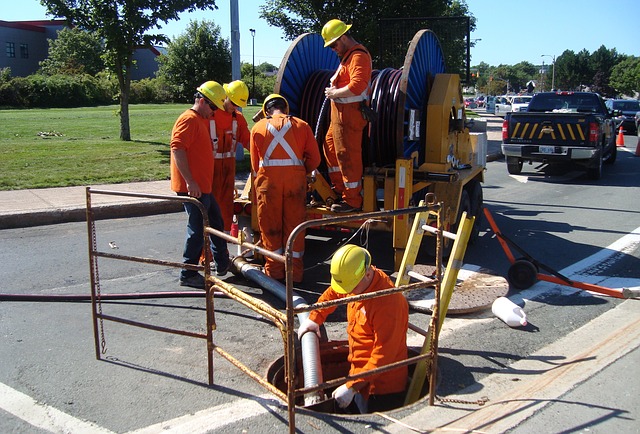
In 1991, OSHA estimated approximately 174 fatalities per year were caused by confined space accidents. A recent study released by the U.S. Department of Labor showed improvements. It showed that on average, there are now only 92 confined space fatalities a year. This is an improvement, but there is room for more.
You need a confined space attendant. Here’s Why:
Accidents are usually caused by easily preventable preparation missteps. Examples of this are failure to secure proper ventilation or securing a permit before entry. This is where a confined space attendant provides the crucial monitoring services that make a difference. The safety of confined space entrants relies on executing the confined space attendant duties properly.
Code 1510 1910.146(i) of OSHA’s confined space entry standards specifically call for a confined space attendant. The attendant must remain outside the confined space to monitor, warn, and notify as needed.
The role of the confined space attendant is driven by their understanding of the specific hazards relevant to space. This includes potential risks that can affect the entrants, but also the repercussions of those risks if they are to reach beyond the confined space.
Essentially, the confined space attendant is only responsible for the safety of team members within and around the confined space.
The duties of a confined space attendant:
They can be divided into 3 main categories:
Thus, an untrained hole-watch should not be entrusted with confined space attendant duties.
The attendant reduces fatalities by:
The attendant may not leave their post unattended for the duration of the work being carried out. Failure to understand, notice or evaluate hazards as they occur can result in accidental injuries and/or fatalities.
The difference attendant safety watchers make:
The duties of the confined space attendant are, more often than not, given to inexperienced team members who have little to no knowledge of the essential aspects inherent to monitoring, such as atmospheric testing results. These unofficial, untrained attendants are not armed with the knowledge to spot alarming results while simultaneously monitoring conditions within the space.
A trained confined space attendant can call for confined space rescue when the first signs of hazardous conditions appear. Where time is of the essence, you want someone who’s committed to overseeing hazards and efficient life-saving responses.